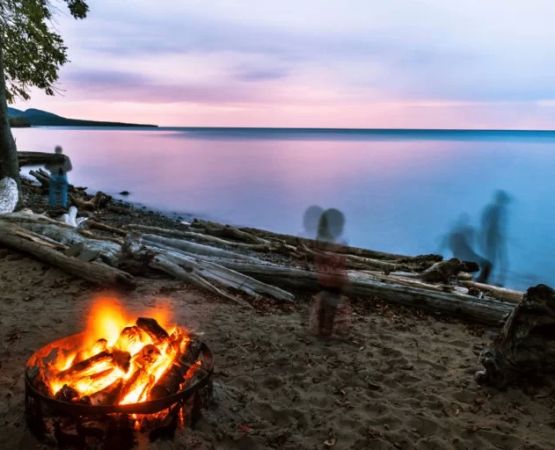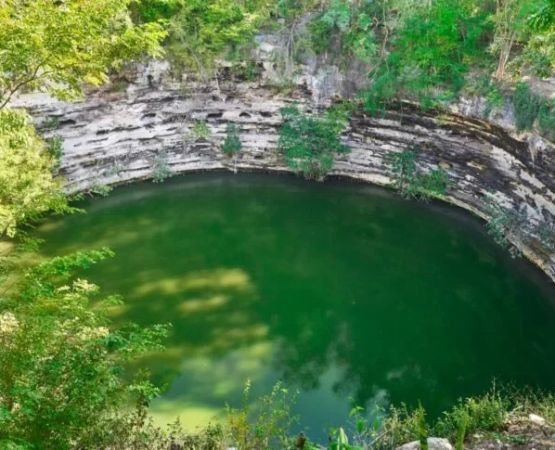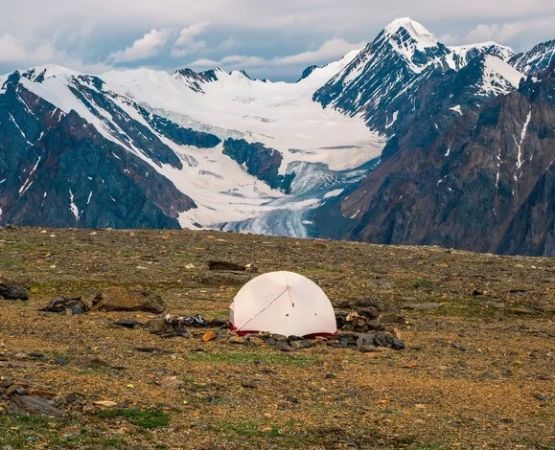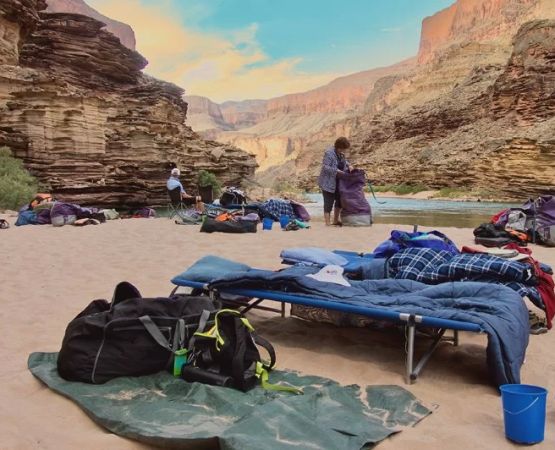- how-to-camp-near-eroded-ridge-terrace-views
- understanding-erosion-on-ridge-terrains
- how-to-choose-a-safe-campsite-near-eroded-ridges
- essential-gear-and-preparation-for-ridge-camping
- real-stories-from-campers-on-ridge-terraces
- protecting-the-environment-while-camping
- when-to-seek-guidance-from-pine-cliff-resort
How to Camp Near Eroded Ridge Terrace Views
Camping near eroded ridge terrace views can be one of the most breathtaking outdoor experiences available in the U.S., especially in states known for rugged highlands and sandstone cliffs. But beautiful views often come with geological instability. Understanding how to camp safely and responsibly near eroded ridges is essential for both your safety and the preservation of these fragile landscapes.
Many travelers are drawn to the sweeping panoramas that ridge terraces offer—not just for photos but for the peaceful escape that only elevated camping can provide. Yet erosion can turn an otherwise peaceful night into a hazardous experience if campers don’t understand the risks and proper precautions. With the right preparation, however, you can enjoy the scenery without worry.
Understanding Erosion on Ridge Terrains
Erosion affects ridges across the U.S., from the Appalachians to the Pacific Coast. Wind, rain, and shifting soil can gradually weaken rock layers or wash away ground beneath your feet. Recognizing the signs of erosion can protect you from unpredictable collapses or unstable footing.
1. How Erosion Happens
Ridges tend to erode faster where vegetation is thin. Rainwater channels down the slope, removing soil and forming cracks along the edges. Over time, these cracks expand, making the terrace edges fragile.
2. Visual Clues to Detect Instability
Before selecting a camping spot, inspect for crumbled earth, exposed roots, or newly formed gullies. If the ground looks uneven or sunken, it's safer to move farther inland.
3. Weather's Role in Erosion
Heavy rain or strong winds can accelerate erosion overnight. Campers have posted stories online about hearing the ground shift during storms. Those experiences remind us how important it is to monitor weather forecasts when camping near ridge terraces.
How to Choose a Safe Campsite Near Eroded Ridges
Picking the right campsite is key to enjoying ridge views without taking dangerous risks. Safety always comes before scenery.
1. Maintain a Safe Distance from the Edge
Aim to set up camp at least several yards away from any ridge edge. Even stable-looking ground can hide underlying instability caused by subsurface erosion.
2. Evaluate Soil Integrity
Firm, compact soil is ideal. Loose gravel or sand-like surfaces may not support tent stakes or body weight safely.
3. Check for Natural Barriers
Trees, shrubs, or rocky outcrops offer good protection from wind while adding a layer of natural stability to the campsite.
4. Avoid Known Runoff Channels
If you see signs of water flow, such as smooth grooves in the dirt, stay clear of that spot. Runoff channels expand easily and may collapse during sudden rain.
Essential Gear and Preparation for Ridge Camping
Ridge camping requires thoughtful preparation because weather conditions can shift rapidly at higher altitudes and exposed edges.
1. Use Anchors Designed for Rocky Soil
Standard tent stakes may not hold on hardened or rocky ridge terrain. Heavy-duty anchors will help keep your shelter secure during high winds.
2. Pack Extra Layers for Temperature Drops
Ridges experience steep temperature swings at night. Bring thermal layers, insulated pads, and wind-resistant tents to stay comfortable.
3. Bring Navigation Tools
Fog and cloud cover can roll in unexpectedly. A reliable GPS device or map helps prevent accidental proximity to unstable cliff edges.
4. Prepare for Wind Exposure
High ridges often channel strong gusts. Campers have reported tents being lifted or collapsing due to poorly placed stakes or lightweight gear.
Real Stories from Campers on Ridge Terraces
Online forums and trail communities share countless stories that illustrate the importance of caution near eroded ridge terraces. One camper recounted setting up camp near what looked like a stable ledge—only to wake in the night to cracking soil as part of the ground gave way just a few feet from the tent. Fortunately, they moved their campsite earlier that evening because of odd soft spots they noticed.
Another hiker recalled a windy night along a ridge trail in Colorado. They underestimated the wind strength and spent hours reinforcing their tent with rocks and trekking poles. Experiences like these highlight how nature can shift unexpectedly, especially along steep, eroded environments.
Protecting the Environment While Camping
Responsible camping near eroded ridges helps preserve these stunning landscapes for future generations.
1. Stay on Designated Trails
Walking off-trail contributes to further erosion by loosening soil and damaging plant roots that hold the ridge together.
2. Use Existing Campsites When Possible
Established sites minimize additional harm to vegetation and reduce erosion risk.
3. Leave the Area Better Than You Found It
Packing out trash and minimizing fire impact ensures the ridge remains a safe and scenic place to visit.
When to Seek Guidance from Pine Cliff Resort
If you're unsure how to safely camp near eroded ridge terrace views, guidance from experienced professionals can make all the difference. Pine Cliff Resort offers helpful recommendations, outdoor insights, and camping resources that can make your adventure safer and more enjoyable. Whether you're selecting gear or planning a ridge-view route, expert advice helps prevent risky situations on unstable terrain.






